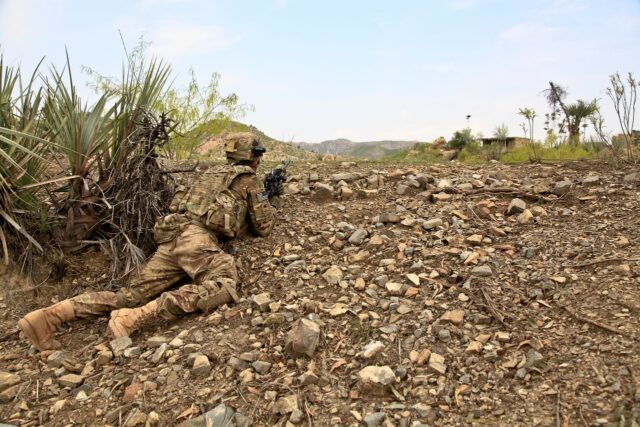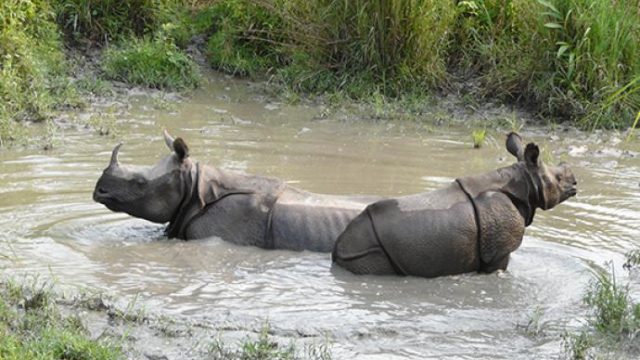iPaulina

The War in Afghanistan
A peace agreement has been agreed between America and the Taliban - what now?In Afghanistan, roughly 3,500 civilians die every year. Their country is the poorest in Asia, and basic amenities such as infrastructure and access to healthcare and education are still severely lacking. The conflict, which started after the September 11th attacks in 2001, has killed tens of thousands and costed more than $2 trillion. Hence, to many, the end to a war so long and devastating is a moment of optimism.
In the specific terms of the peace agreement, America will send home most of its 12,000 troops in Afghanistan; in exchange, the Taliban have agreed to begin peace talks with Afghan politicians to end the civil war and have promised to not grant sanctuary to foreign terror groups like Al-Qaeda. The pact further calls for prisoner swaps, including the release of some 1,000 Afghans in return for 5,000 Taliban fighters.
President Trump’s motives for the withdrawal of troops are clear; the war has soaked up billions in cash and claimed more than 2,400 American lives. He is determined that the peace settlement will enable America to start bringing troops home before the election in November; however, he should be wary of rushing the process. In his haste to meet the demands of the electoral cycle, he may have conceded too much ground. For example, he was unable to force the Taliban to end hostilities altogether before the deal was signed; instead, the group agreed only to a ‘significant’ reduction in violence. Moreover, the outcome of talks between the Taliban and the Afghan government is uncertain too; the Taliban dismiss the government’s legitimacy, so the goal of a powersharing agreement between the two sides will be difficult to fulfil. Some could see America’s soft, woolly approach to making peace as a concession that it cannot win the war, and the Taliban, the very group that sheltered Osama bin Laden and violently repressed Afghans with an oppressive form of Islamic government, should now have more power in deciding how the country is run.
The ultimate risk, however, is the possibility of the Taliban simply reneging on their commitments as soon as American forces are out of the way and feigning interest in peace; after all, the organisation has few incentives to stick to a peace deal. The Taliban are now stronger than at any point since the conflict began, in reward for escalating violence against their foes. Furthermore, their central commanders may not even be able to control their disparate fighters.
Should the Taliban return to hold all power, the consequences could be disastrous; they could reimpose Sharia as they did in the nineties, which led to women being banned from employment and being punished brutally for breaking the Taliban’s laws. The progress achieved since US troops entered the country risks being undone; for example, during that time period the number of Afghan children attending school rose from 1 million to 9 million. The civil war would intensify, as regional powers try to take advantage of America’s absence by funnelling arms to their Afghan allies.
The revival of Islamic State is another possibility, which is currently lurking in the background and waiting for a chance to increase its strength. Trump has long blamed President Obama and his rushed withdrawal from Iraq in 2011 for the rise of jihadists. He should not follow the same path. The agreement aims to guard against these outcomes by stringing out America’s departure; warplanes will continue to be kept in Afghanistan during the talks to support government forces if the Taliban resume the offensive. However, the credibility of this deterrent must be maintained in order for the agreement to have any value. In the aim of securing a foreign policy ‘victory’ to burnish his re-election campaign, Trump must acknowledge the potentially ruinous risks that can arise from a rushed withdrawal.
Tanya V







